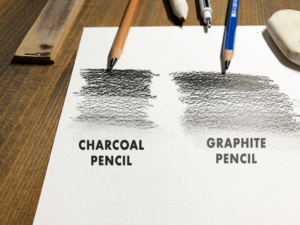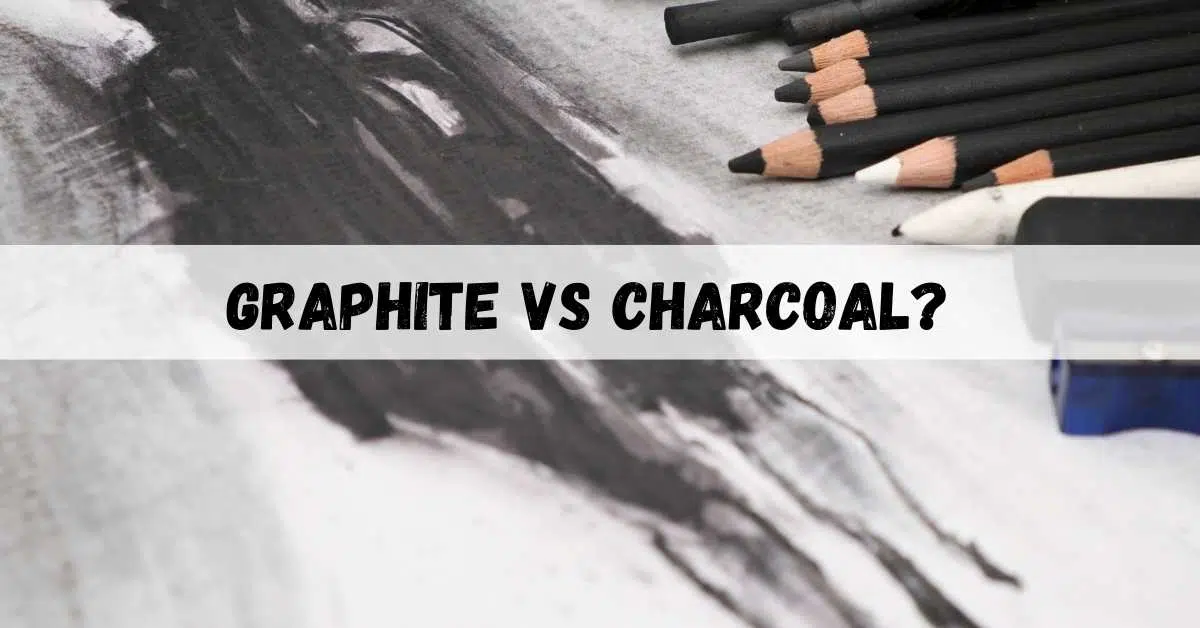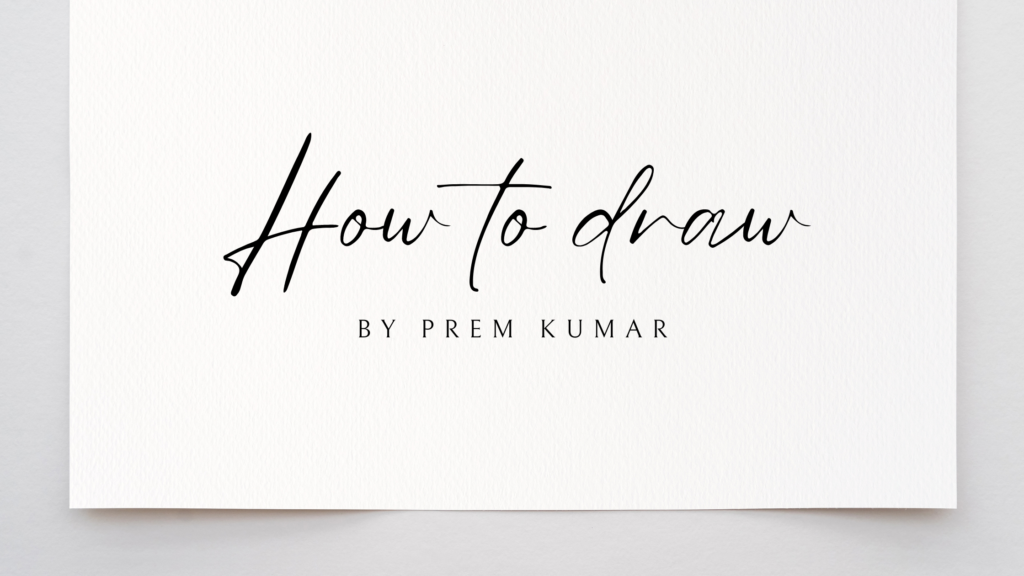For any artist, embarking on a Sketching trip is a thrilling experience, and selecting the appropriate medium can have a huge impact on the outcome of your creations. Among the numerous alternatives, graphite and charcoal stand out as front-runners, each with distinct properties that cater to different artistic styles and preferences. In this research, we’ll delve into the worlds of graphite and charcoal, deconstructing their characteristics, benefits, and downsides to help you make an informed decision on which media is most suited to your sketching goals.
Graphite Sketching: The Elegance of Time
Carbon-based graphite has long been a staple in the artist’s toolbox. Its use in sketching stretches back centuries, and its popularity continues to grow for a variety of convincing reasons.
Versatility and control: Graphite pencils come in a variety of hardness and softness grades, ranging from 9H (hard) to 9B (soft). This range gives painters unrivaled flexibility over line thickness, shading, and detailing. Graphite helps you to travel across numerous tones with precision, whether you’re sketching complex portraits or striking landscapes.
Gradual Buildup: Graphite’s ability to generate delicate gradients is one of its outstanding characteristics. Because of the progressive building of tones, it is an excellent choice for painters who prefer to begin with brightness and gradually intensify shadows and details. This trait is especially useful when sketching realistic scenes because it enables precise representation of textures and lighting.
Stability and Durability: Graphite is well-known for its stability and resistance to smearing. Graphite adheres effectively to paper once applied, ensuring that your work retains its clarity over time. This characteristic is especially important for artists who respect the durability of their creations and want to avoid deterioration.
The Charcoal Sketching Expressionist
Charcoal, on the other hand, adds a unique set of traits to the table, appealing to artists seeking boldness, drama, and a break from conventional perfection.
Expressive Mark-Making: The inherent suppleness of charcoal enables expressive and strong strokes. Deep, rich blacks may be achieved with little effort, making it a fantastic medium for producing dramatic contrasts and swiftly capturing the essence of a picture. This characteristic is especially appealing to those who appreciate spontaneity in their artistic expression.
Blending and Smudging: Unlike graphite, charcoal is good for blending and smudging. Artists can use this property to produce atmospheric effects, subtle transitions between tones, and a sense of depth. Charcoal has a malleability that can be liberating for artists who appreciate experimenting with texture and developing a more impressionistic style.
Adaptability to Large Formats: The bold and sweeping strokes of charcoal lend themselves well to larger canvases. Whether you’re working on murals or large sketch pads, charcoal helps you cover more land in less time, making it a popular option among artists who enjoy the freedom of large works.

Making a Decision: Discovering Your Creative Voice
The choice between graphite and charcoal comes down to your artistic preferences, style, and the unique requirements of your subject matter.
Consider the subject: If your sketches are filled with complex details, fine lines, and a more controlled approach, graphite may be your best friend. If, on the other hand, you’re drawn to energetic, expressive strokes and a more spontaneous creative process, charcoal could be the medium that allows you to fully realize your artistic potential.
Experimentation is Essential: It is critical to explore both mediums to determine which one best suits your creative tastes. Make a series of graphite and charcoal sketches, paying attention to how each medium reacts to your artistic actions. The tactile experience of working with each might have a big impact on your decision.
Combine the Best of Both Worlds: There’s no law that says you have to stick to one medium. Many painters enjoy blending graphite and charcoal into a single sketch, utilizing each medium’s abilities to create a cohesive and dynamic image.
Conclusion:
Remember that there is no one-size-fits-all answer when it comes to deciding between graphite and charcoal when you begin your sketching journey. Each medium has its own set of characteristics that can improve and elevate your artistic expression. Whether you prefer the precision of graphite or the boldness of charcoal, the goal is to recognize your artistic voice and allow the medium to amplify it. So, grab your pencils and charcoal, try without fear, and let your sketches tell the compelling story that only you can tell.
Read Also: A Comprehensive Guide to Paper Selection for Artists
To learn more about art, visit SILPAVAT.IN


